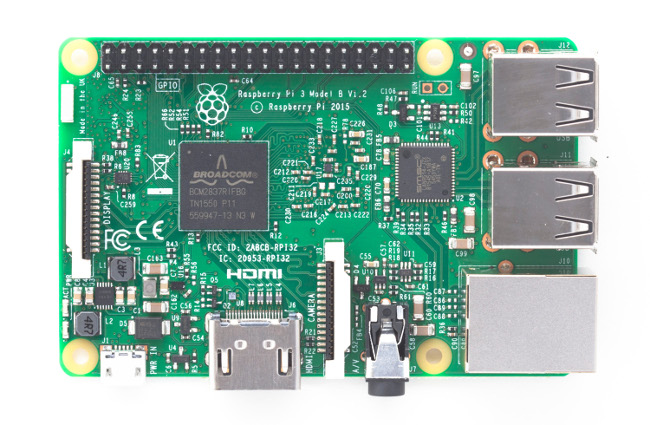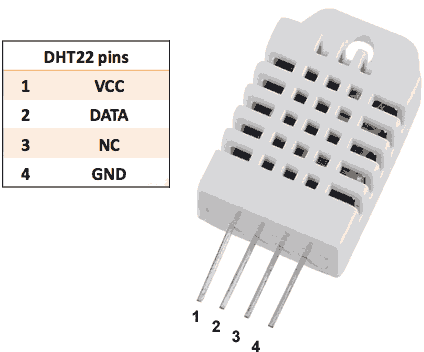Thingsboard is an open-source server-side platform that allows you to monitor and control IoT devices.
It is free for both personal and commercial usage and you can deploy it anywhere.
If this is your first experience with the platform we recommend to review
what-is-thingsboard page and getting-started guide.
This sample application will allow you to control GPIO of your ESP8266 device using Thingsboard web UI. We will observe GPIO control using Leds connected to the pins.
The purpose of this application is to demonstrate Thingsboard RPC capabilities.
The application that is running on ESP8266 is written using Arduino SDK which is quite simple and easy to understand.
ESP8266 offers a complete and self-contained Wi-Fi networking solution.
ESP8266 push data to Thingsboard server via MQTT protocol by using PubSubClient library for Arduino.
Current GPIO state and GPIO control widget is visualized using built-in customizable dashboard.
The video below demonstrates the final result of this tutorial.
Prerequisites
You will need to Thingsboard server up and running. Use either Live Demo or
Installation Guide to install Thingsboard.
List of hardware and pinouts
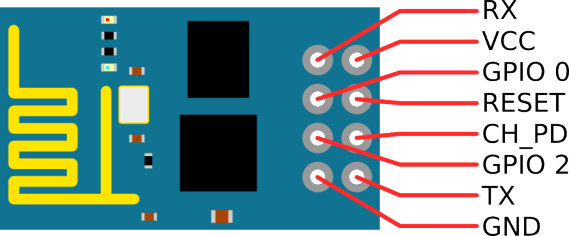
-
USB to TTL
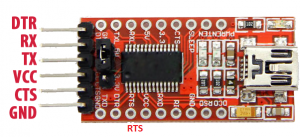
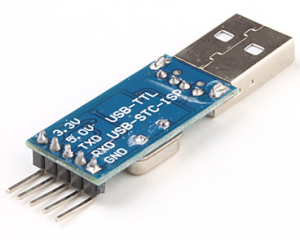
-
Breadboard
-
2 female-to-female jumper wires
-
7 female-to-male jumper wires
-
2 Leds
-
3.3V power source (for example 2 AA batteries)
Wiring schemes
Programming/flashing schema
| ESP8266 Pin |
USB-TTL Pin |
| ESP8266 VCC |
USB-TTL VCC +3.3V |
| ESP8266 CH_PD |
USB-TTL VCC +3.3V |
| ESP8266 GND (-) |
USB-TTL GND |
| ESP8266 GPIO 0 |
USB-TTL GND |
| ESP8266 RX |
USB-TTL TX |
| ESP8266 TX |
USB-TTL RX |
| LED 1 Pin |
USB-TTL Pin |
| cathode |
USB-TTL GND |
| LED 1 Pin |
ESP8266 Pin |
| anode |
ESP8266 GPIO 2 |
The following picture summarizes the connections for this project in programming/debug mode:
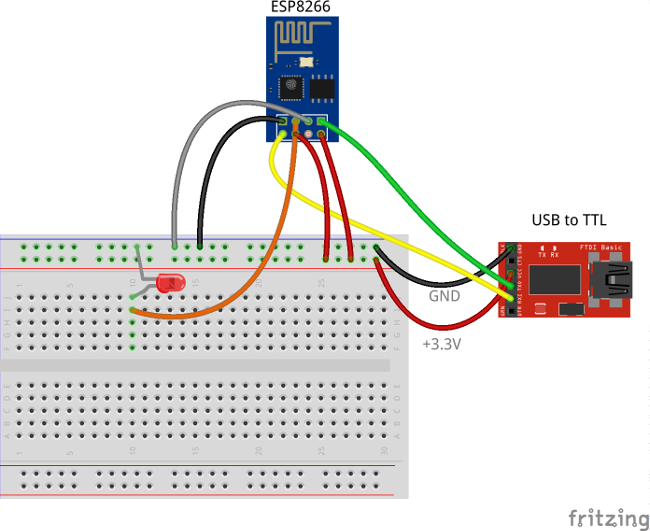
Final schema (Battery Powered)
| ESP8266 Pin |
3.3V power source |
| ESP8266 VCC |
VCC+ |
| ESP8266 CH_PD |
VCC+ |
| ESP8266 GND (-) |
VCC- |
| LED 1 Pin |
ESP8266 Pin |
| anode |
ESP8266 GPIO 2 |
| LED 1 Pin |
3.3V power source |
| cathode |
VCC- |
| LED 2 Pin |
ESP8266 Pin |
| anode |
ESP8266 GPIO 0 |
| LED 2 Pin |
3.3V power source |
| cathode |
VCC- |
The final picture:

Thingsboard configuration
Note Thingsboard configuration steps are necessary only in case of local Thingsboard installation.
If you are using Live Demo instance all entities are pre-configured for your demo account.
However, we recommend to review this steps because you will still need to get device access token to send requests to Thingsboard.
Provision your device
This step contains instructions that are necessary to connect your device to Thingsboard.
Open Thingsboard Web UI (http://localhost:8080) in browser and login as tenant administrator
Goto “Devices” section. Click “+” button and create device with name “ESP8266 Demo Device”.

Once device created, open its details and click “Manage credentials”.
Copy auto-generated access token from the “Access token” field. Please save this device token. It will be referred to later as $ACCESS_TOKEN.

Click “Copy Device ID” in device details to copy your device id to clipboard.
Paste your device id to some place, this value will be used in further steps.
Provision your dashboard
This step contains instructions that are necessary to provision new dashboard with map widgets to Thingsboard.
Open “Terminal” and download file containing demo dashboard JSON:
curl -L https://thingsboard.io/docs/samples/esp8266/resources/esp8266_gpio_dashboard.json > esp8266_gpio_dashboard.json
Update dashboard configuration with your device Id (obtained in previous step) by issuing the following command:
sed -i "s/{DEVICE_ID}/<your device id>/" esp8266_gpio_dashboard.json
Obtain JWT token by issuing login POST command:
curl -X POST --header 'Content-Type: application/json' --header 'Accept: application/json' -d '{"username":"[email protected]", "password":"tenant"}' 'http://localhost:8080/api/auth/login'
You will receive response in the following format:
{"token":"$YOUR_JSON_TOKEN", "refreshToken": "$REFRESH_TOKEN"}
copy $YOUR_JSON_TOKEN to some place. Note that it will be valid for 15 minutes by default.
Execute dashboard upload command:
curl -X POST --header 'Content-Type: application/json' --header 'Accept: application/json' --header 'X-Authorization: Bearer $YOUR_JSON_TOKEN' -d "@esp8266_gpio_dashboard.json" 'http://localhost:8080/api/dashboard'
Programming the ESP8266
Step 1. ESP8266 and Arduino IDE setup.
In order to start programming ESP8266 device you will need Arduino IDE installed and all related software.
Download and install Arduino IDE.
After starting arduino, open from the ‘file’ menu the preferences.
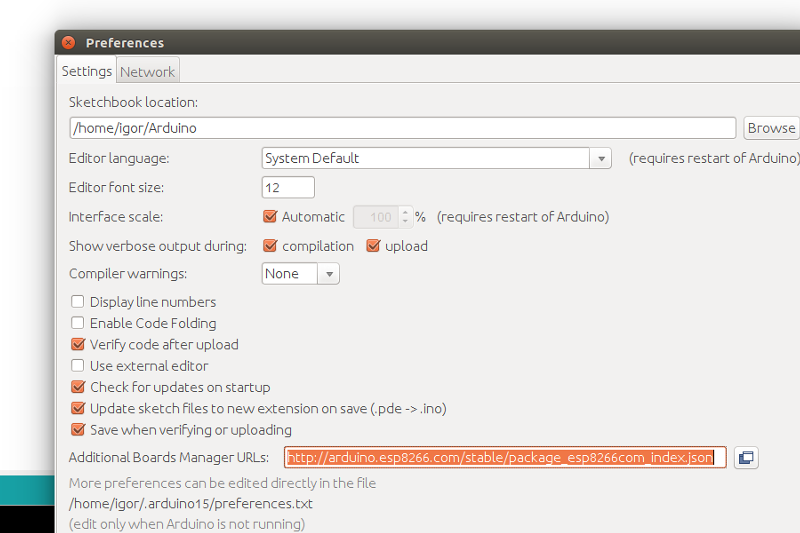
Fill in the “Additional board managers URL” this url: http://arduino.esp8266.com/stable/package_esp8266com_index.json
Close the screen by the OK button.
Now we can add the board ESP8266 using the board manager.
Click in the menu tools the menu option Board: “Most likely Arduino UNO”.
There you will find the first option “Board Manager”.
Type in the search bar the 3 letters ESP. Locate and click on “esp8266 by ESP8266 Community”.
Click on install and wait for a minute to download the board.
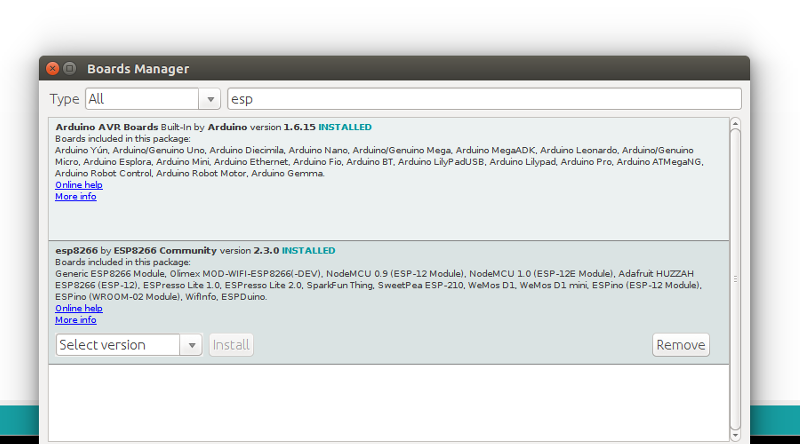
Note that this tutorial was tested with the “esp8266 by ESP8266 Community” version 2.3.0.
In the menu Tools “Board “Most likely Arduino UNO” three new boards are added.
Select “Generic ESP8266 Module”.
Prepare your hardware according to the Programming/flashing schema.
Connect USB-TTL adapter with PC.
Select in the menu Tools, port the corresponding port of the USB-TTL adapter.
Open the serial monitor (by pressing CTRL-Shift-M or from the menu Tools).
Set the key emulation to “Both NL & CR” and the speed to 115200 baud. This can be set in the bottom of terminal screen.
Step 2. Install Arduino libraries.
Open Arduino IDE and go to Sketch -> Include Library -> Manage Libraries.
Find and install the following libraries:
Note that this tutorial was tested with the following versions of the libraries:
- PubSubClient 2.6
- ArduinoJson 5.8.0
Step 3. Prepare and upload sketch.
Download and open esp8266-gpio-control.ino sketch.
Note You need to edit following constants and variables in the sketch:
- WIFI_AP - name of your access point
- WIFI_PASSWORD - access point password
- TOKEN - the $ACCESS_TOKEN from Thingsboard configuration step.
- thingsboardServer - Thingsboard HOST/IP address that is accessable within your wifi network. Specify “demo.thingsboard.io” if you are using live demo server.
resources/esp8266-gpio-control.ino |
|---|
#include <ArduinoJson.h>
#include <PubSubClient.h>
#include <ESP8266WiFi.h>
#define WIFI_AP "YOUR_WIFI_AP"
#define WIFI_PASSWORD "YOUR_WIFI_PASSWORD"
#define TOKEN "ESP8266_DEMO_TOKEN"
#define GPIO0 0
#define GPIO2 2
#define GPIO0_PIN 3
#define GPIO2_PIN 5
char thingsboardServer[] = "demo.thingsboard.io";
WiFiClient wifiClient;
PubSubClient client(wifiClient);
int status = WL_IDLE_STATUS;
// We assume that all GPIOs are LOW
boolean gpioState[] = {false, false};
void setup() {
Serial.begin(115200);
// Set output mode for all GPIO pins
pinMode(GPIO0, OUTPUT);
pinMode(GPIO2, OUTPUT);
delay(10);
InitWiFi();
client.setServer( thingsboardServer, 1883 );
client.setCallback(on_message);
}
void loop() {
if ( !client.connected() ) {
reconnect();
}
client.loop();
}
// The callback for when a PUBLISH message is received from the server.
void on_message(const char* topic, byte* payload, unsigned int length) {
Serial.println("On message");
char json[length + 1];
strncpy (json, (char*)payload, length);
json[length] = '\0';
Serial.print("Topic: ");
Serial.println(topic);
Serial.print("Message: ");
Serial.println(json);
// Decode JSON request
StaticJsonBuffer<200> jsonBuffer;
JsonObject& data = jsonBuffer.parseObject((char*)json);
if (!data.success())
{
Serial.println("parseObject() failed");
return;
}
// Check request method
String methodName = String((const char*)data["method"]);
if (methodName.equals("getGpioStatus")) {
// Reply with GPIO status
String responseTopic = String(topic);
responseTopic.replace("request", "response");
client.publish(responseTopic.c_str(), get_gpio_status().c_str());
} else if (methodName.equals("setGpioStatus")) {
// Update GPIO status and reply
set_gpio_status(data["params"]["pin"], data["params"]["enabled"]);
String responseTopic = String(topic);
responseTopic.replace("request", "response");
client.publish(responseTopic.c_str(), get_gpio_status().c_str());
client.publish("v1/devices/me/attributes", get_gpio_status().c_str());
}
}
String get_gpio_status() {
// Prepare gpios JSON payload string
StaticJsonBuffer<200> jsonBuffer;
JsonObject& data = jsonBuffer.createObject();
data[String(GPIO0_PIN)] = gpioState[0] ? true : false;
data[String(GPIO2_PIN)] = gpioState[1] ? true : false;
char payload[256];
data.printTo(payload, sizeof(payload));
String strPayload = String(payload);
Serial.print("Get gpio status: ");
Serial.println(strPayload);
return strPayload;
}
void set_gpio_status(int pin, boolean enabled) {
if (pin == GPIO0_PIN) {
// Output GPIOs state
digitalWrite(GPIO0, enabled ? HIGH : LOW);
// Update GPIOs state
gpioState[0] = enabled;
} else if (pin == GPIO2_PIN) {
// Output GPIOs state
digitalWrite(GPIO2, enabled ? HIGH : LOW);
// Update GPIOs state
gpioState[1] = enabled;
}
}
void InitWiFi() {
Serial.println("Connecting to AP ...");
// attempt to connect to WiFi network
WiFi.begin(WIFI_AP, WIFI_PASSWORD);
while (WiFi.status() != WL_CONNECTED) {
delay(500);
Serial.print(".");
}
Serial.println("Connected to AP");
}
void reconnect() {
// Loop until we're reconnected
while (!client.connected()) {
status = WiFi.status();
if ( status != WL_CONNECTED) {
WiFi.begin(WIFI_AP, WIFI_PASSWORD);
while (WiFi.status() != WL_CONNECTED) {
delay(500);
Serial.print(".");
}
Serial.println("Connected to AP");
}
Serial.print("Connecting to Thingsboard node ...");
// Attempt to connect (clientId, username, password)
if ( client.connect("ESP8266 Device", TOKEN, NULL) ) {
Serial.println( "[DONE]" );
// Subscribing to receive RPC requests
client.subscribe("v1/devices/me/rpc/request/+");
// Sending current GPIO status
Serial.println("Sending current GPIO status ...");
client.publish("v1/devices/me/attributes", get_gpio_status().c_str());
} else {
Serial.print( "[FAILED] [ rc = " );
Serial.print( client.state() );
Serial.println( " : retrying in 5 seconds]" );
// Wait 5 seconds before retrying
delay( 5000 );
}
}
}
|
Connect USB-TTL adapter to PC and select the corresponding port in Arduino IDE. Compile and Upload your sketch to device using “Upload” button.
After application will be uploaded and started it will try to connect to Thingsboard node using mqtt client and upload current GPIOs state.
Autonomous operation
When you have uploaded the sketch, you may remove all the wires required for uploading including USB-TTL adapter and connect your ESP8266 and LEDs directly to power source according to the Final wiring schema.
Troubleshooting
In order to perform troubleshooting you should assemble your hardware according to the Programming/flashing schema.
Then connect USB-TTL adapter with PC and select port of the USB-TTL adapter in Arduino IDE. Finally open “Serial Monitor” in order to view debug information produced by serial output.
Data visualization
Finally, open Thingsboard Web UI. You can access this dashboard by logging in as a tenant administrator.
In case of local installation:
In case of live-demo server:
- login: your live-demo username (email)
- password: your live-demo password
See live-demo page for more details how to get your account.
Once logged in, open Dashboards->ESP8266 GPIO Demo Dashboard page. You should observe demo dashboard with GPIO control and status panel for your device.
Now you can switch status of GPIOs using control panel. As a result you will see LEDs status change on device and on the status panel.
Below is the screenshot of the “ESP8266 GPIO Demo Dashboard”.

Next steps
Browse other samples or explore guides related to main Thingsboard features:






